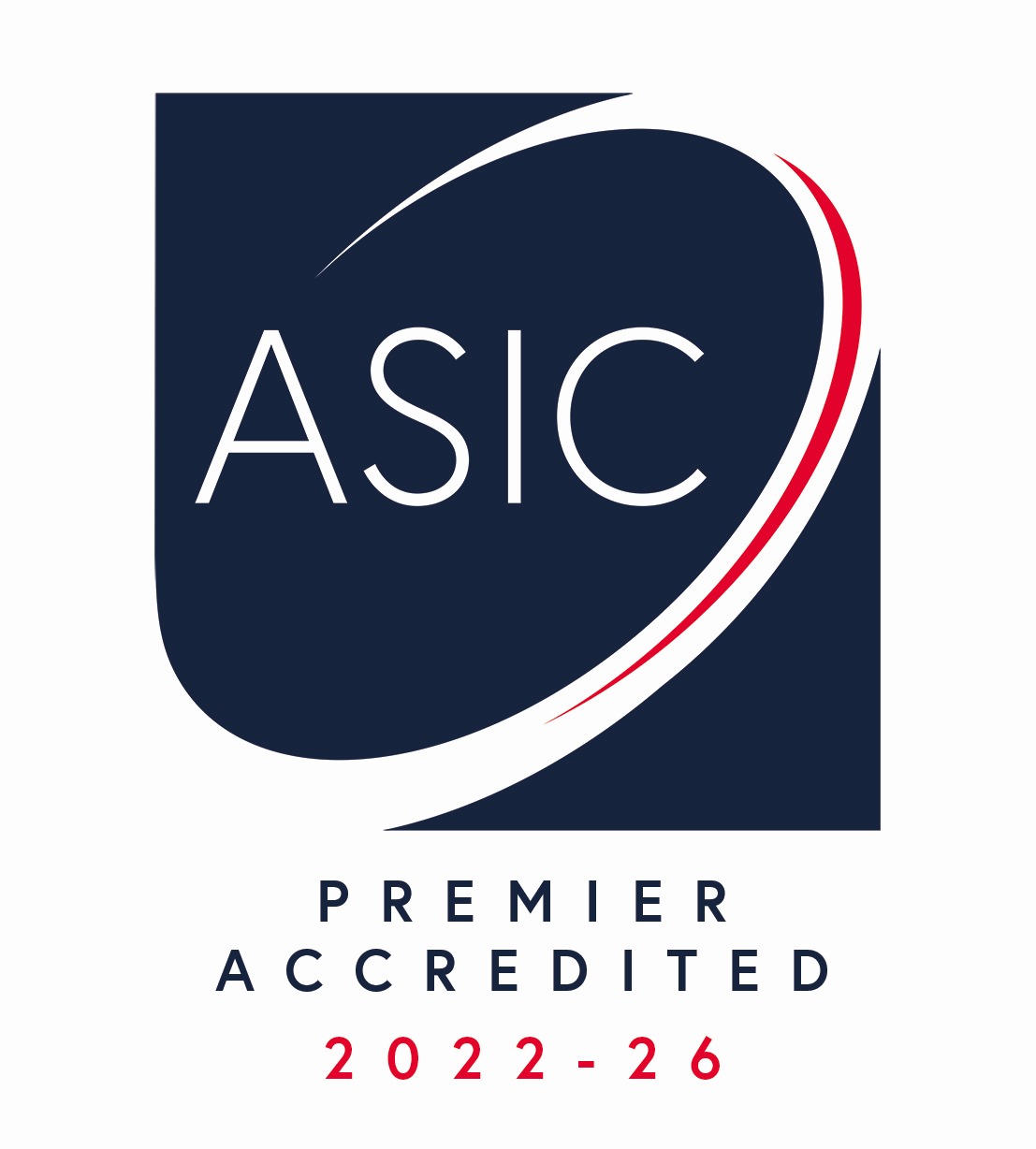DFT and Monte Carlo Analysis of the Anti-corrosion Behavior of a Series of the Purine Derivatives
Abstract
Author
Rebaz Anwar OMER
DOI
https://doi.org/10.1007/s10895-025-04178-1
ISSN
1573-4994
Publish Date: 2025-02-20

